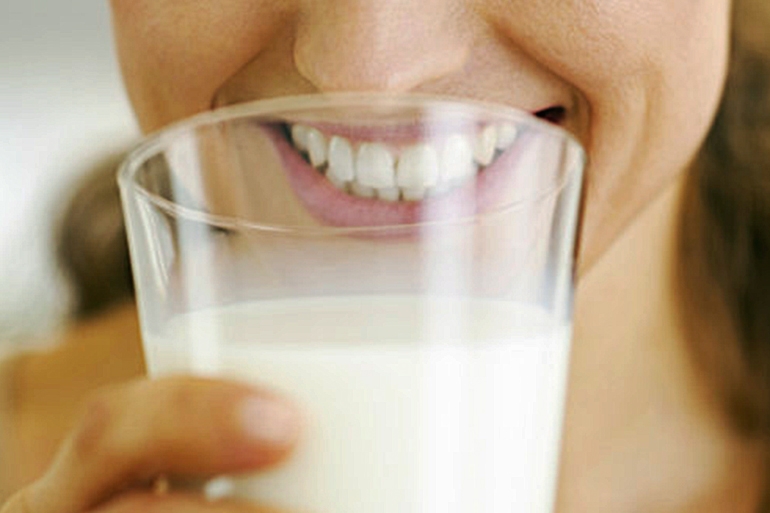
Question sent by ELENA SOLBES. JORDI DE MANUEL answers:
Milk is an extraordinary food. It contains almost all the necessary nutrients to live and grow, but after mammals wean, they lose the ability to digest it. Many humans, however, can go on taking milk without problems throughout their lives. This is because our intestines keep secreting lactase, an enzyme that hydrolyzes lactose (a carbohydrate found in milk). Humans who do not secrete the enzyme are intolerant to milk and any food containing lactose (they can eat yogurt – which is made from milk–, however, because the bacteria that ferment it carry the lactase lacking in lactose intolerant people)
The ability to continue digesting milk originated in the human species a few thousand years ago in North African farming populations. The humans that by chance mutated in order to be able to keep on producing lactase, survived more effectively than those who could not digest milk after weaning. The mutated gene flow spread to other locations. The co-evolution of humans with dairy cows was only a matter of time, especially in high latitudes with less sunlight, where milk is also an advantageous source of vitamin D. Currently only one in three people in the world are mutants that keep secreting lactase – a good example of natural selection in the human species.
More information:
Beja-Pereira, A. et al., 2003. «Gene-culture coevolution between cattle milk protein genes and human lactase genes». Nature Genetics.
Curry, A., 2013. «Archaeology: The milk revolution». Nature.
Jordi de Manuel. Writer and biologist.





